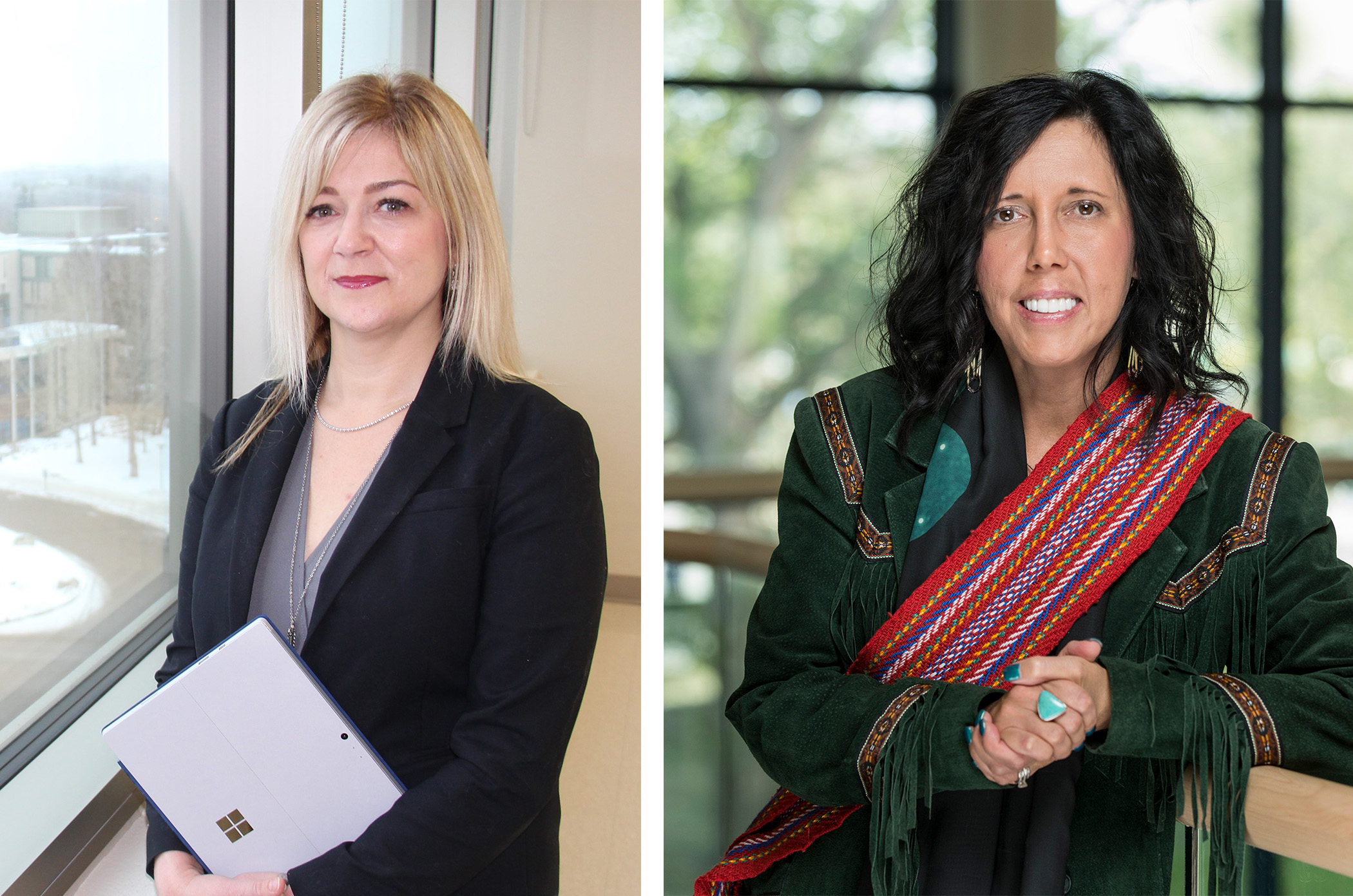
Online course promotes Indigenous wellness
Establishing a safe and welcoming environment plays a significant part in providing health care.
By Kristen McEwenThe Role of Practitioners in Indigenous Wellness program from the departments of Continuing Medical Education (CME) and Continuing Physical Therapy Education (CPTE) in the University of Saskatchewan’s College of Medicine explores the importance of creating cultural safety for Indigenous patients in health-care practices.
“Health care can be a vulnerable environment for many but especially for those in our Indigenous communities,” said CME Associate Dean Dr. Jim Barton (MD). “(Indigenous community members) tell us that the elements of the residential schools, which caused so much intergenerational trauma, are also evident in the culture of our health care system.”
Barton added that seeing similar elements in the health care system may explain why some Indigenous patients may not want to seek out care, emphasizing the importance of cultural safety.
The program offers two courses: The Role of Practitioners in Indigenous Wellness; and Building Awareness of Cultural Humility. The second is a new course designed for personnel at any point of contact within a health care system, from custodial staff to administrative support, as well as students. The new course was launched Dec. 1.
In 2013, Dr. Stacey Lovo Grona (PhD), the CPTE program director, recognized the need for enhanced cultural safety and awareness in clinical practice as a result of two specific clinical experiences.
These events prompted her to approach Dr. Rose Roberts (PhD), a faculty member in the College of Nursing at the time. Roberts helped design an initial outline of a course that would bring cultural awareness and safety to a clinical setting, so health-care professionals would better know how to communicate and build relationships with Indigenous patients.
After applying and receiving a grant from the Canadian Medical Protective Association, CME and CPTE partnered with the Federation of Sovereign Indigenous Nations. A framework was developed with a number of Elders and community members, who continue to provide guidance as the program moves forward.
Both courses in the Indigenous Wellness program have been designed, developed and taught by Indigenous scholars, community members and health practitioners. The online module videos feature Elders, Knowledge Keepers, professors, and community members recounting personal stories and experiences, from intergenerational trauma and racism to micro-reconciliation.
Scientific Director Dr. Carrie Bourassa (PhD) of the national Institute of Indigenous Peoples’ Health at USask helped develop some of the curriculum by sharing her knowledge and personal experiences about the importance of addressing systemic racism in the health system.
“We’re getting to the space around change and decolonization and the deconstruction of hundreds of years of colonization that has impacted and continued to impact Indigenous people,” she said.
Read more at the university's news site.